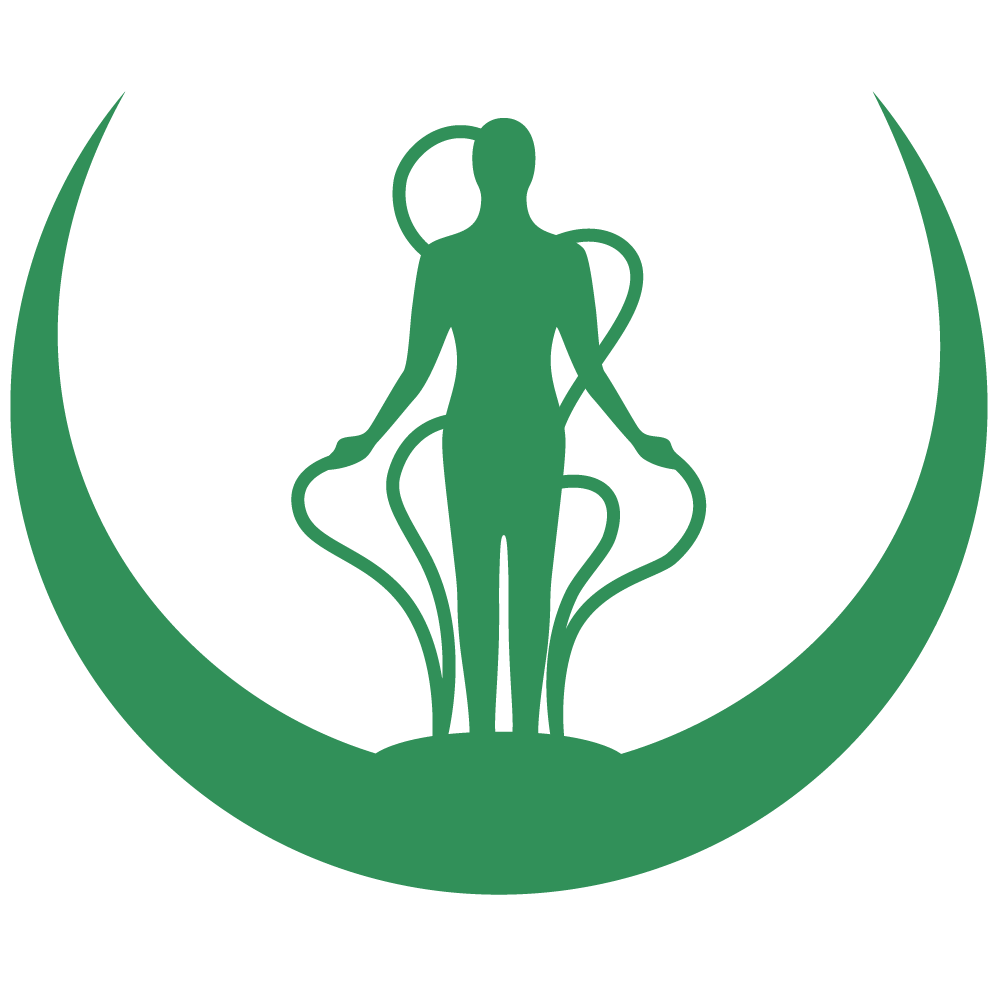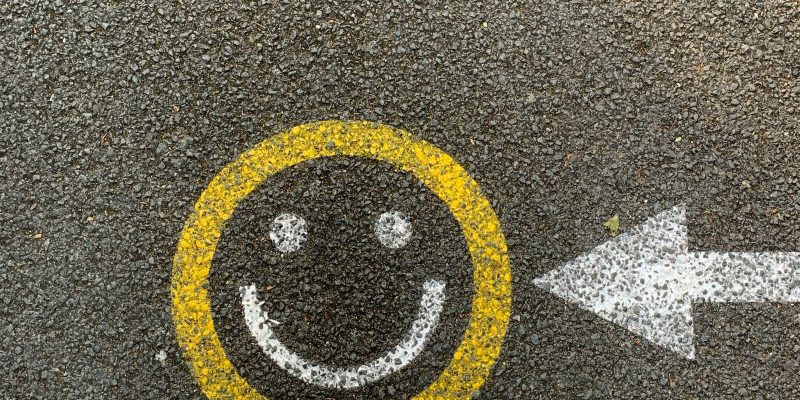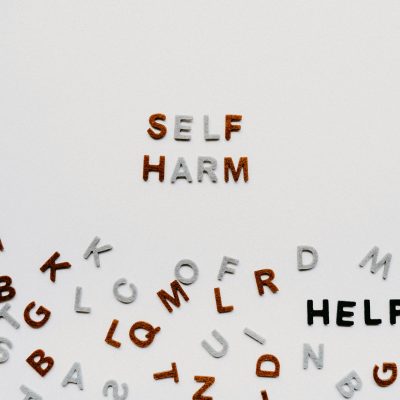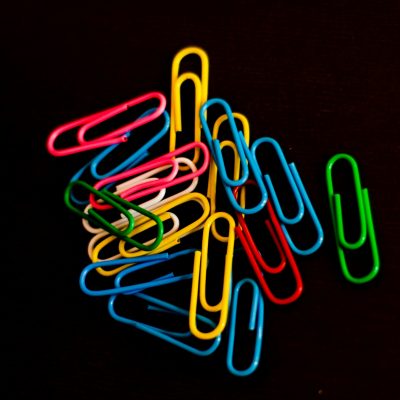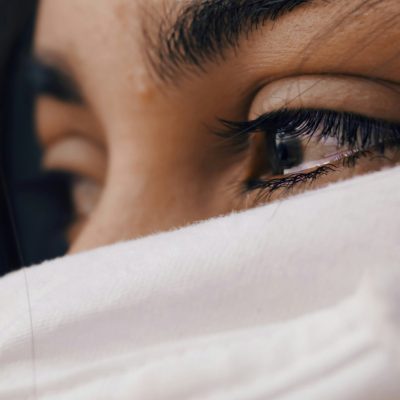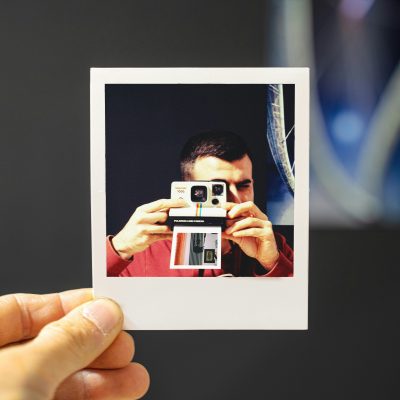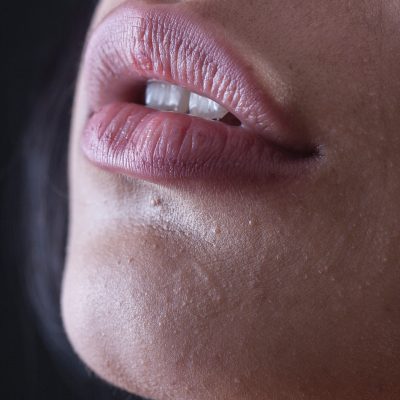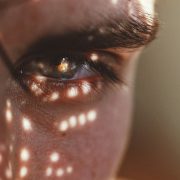Laughter: observations of a personologist
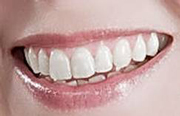
Laughter is a mental impulse. It can hardly be subjected to conscious control, changes and comes from “inside” the Personality of a person. If you are curious – with difficulty, but it is possible to “pull to the surface” from the “depths” of the subconscious such knowledge about laughter, which will significantly help to determine the key features of the personality of the person laughing.
Conducted by the “Center for the Study of Personality” (CSP) research on the analysis of laughter showed that the results obtained can be easily applied both in business and in personal life and they are really able to “catch” the essence of a person at the level of sound.
The classification proposed by CSP is as simplified as possible and consists of three groups: loud laughter, quiet laughter and specific laughter. Each group includes a number of some of life’s most common forms of laughter and their characteristics. So… just make a person laugh and you will know that:
If the laughter is loud – in general, loud laughter is considered a sign of openness and desire for communication, mental “openness”. But there are many variants and combinations that can be categorized as loud laughter, which are very different from one another.
Let’s consider some of them:
 – Rude laughter, both in men and women, is a sign of promiscuity and insolence. In men – it is also an indicator of low intellectual abilities and predominance of forceful methods in solving problematic issues.
– Rude laughter, both in men and women, is a sign of promiscuity and insolence. In men – it is also an indicator of low intellectual abilities and predominance of forceful methods in solving problematic issues.
In turn, in women – coarse laughter is a sign of sexual aggressiveness (demonstrative signs aimed at attracting attention from men).
Rude laughter can also indicate a weak tendency to perceive information in both sexes, conflict, lack of learning ability and low cultural level.

– ringing, tinkling laughter – a sign of openness, sincerity in communication. In addition, if you can see the upper gums – it indicates defenselessness and trustworthiness (in women and devotion in love). So it is best if your loved one has a ringing, tinkling laughter – such a person is cheerful, caring and kind.
– thin laughter – characterized by subtlety in women and feminine component in men. Men with thin laughter – are aesthetes with a predominance of egocentrism, a little arrogant and intrusive (with a great interest in the partner – even annoying).
Women are stubborn, romantic and capricious – at the same time. In the last century, subtle laughter was considered a sign of purity and education, as well as cheerfulness and cheerfulness.

– “rolling” laughter – or rolling laughter, as it is sometimes called – is characteristic of people who are inquisitive, sophisticated and artistic..
These people love fun and noisy company, with the obligatory presence of the opposite sex. They do not always welcome life “on schedule” and appreciate humor.
Women – “fun”, but caring and gentle. Men are eternal boys who prefer a life of outbursts and romantic adventures. Both sexes are profligate financially.
If the rolling laughter is harsh – this is a sign of a demanding leader, a superior position, a neurotic person.
– bursting laughter – often accompanied by a negative coloring. In this case – such laughter can be referred to a specific group (see below), but the presence in our version of loudness and positive mood – allow to leave it in this group.
Such laughter is peculiar to people who are insecure, uncultured and young people (in situations of embarrassment and shame, as well as peculiar when mocking someone).
Women – playful, fickle, vindictive and fiery. Men are rude, in conflict with themselves.
 – intermittent loud laughter – a sign of “wrenching” and “concentrated” reactions, i.e. emotional disturbances in the person. Usually these are small stages that resemble “hiccups clothed in laughter”.
– intermittent loud laughter – a sign of “wrenching” and “concentrated” reactions, i.e. emotional disturbances in the person. Usually these are small stages that resemble “hiccups clothed in laughter”.
Normally, women with such laughter – represent a Personality diligent, meticulous, but forgetful.
Men are characterized by diligence, but high dynamism (running around, making sudden rash decisions, etc.), especially if the laughter is harsh and cutting to the ear.
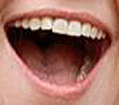
– laughter with a wide open mouth – speaks of ill-manneredness, lack of decency, isolation, “amateurishness” and arrogance.
Such people are aggressive, resentful and vindictive. A characteristic feature of them is inconstancy and hesitant position. They are afraid to become adults and make responsible decisions. Avoid everything that can burden them.
Women are selfish and hysterical. Men are dependent and weak-willed.
– squeaky and loud at the same time – an indicator of bitchiness and arrogance, a certain arrogance.
Women with a squeaky voice – hysterical and demonstrative, like to set rules and subordinate their will.
Men with squeaky laughter – are extremely rare. Such men are good friends and gentle lovers. However, quite stingy and do not like to spend on women. Prone to fantasizing and dreaming. This is the nature of reincarnating. Among them there are prone to homosexual relations.

– long. If the laughter is just loud and long (in its pure form), it indicates that the person is in the mood for humor, but not enough reasons for laughter (it is as if he spills out the accumulated).
The average duration of laughter – consists of the amount of time spent on laughter, divided by the number of times (for a selected period of time). But also, you can determine the length of laughter by observing the person. If a funny situation has exhausted itself, the others who laughed – lost interest in it, and then some time continues fading laughter – we can say that the laughter is long. Such laughter speaks, both in men and women – about impressiveness and simultaneous interest in the situation. After all, it is possible to determine the peculiarities of a personality by means of what it is interested in.
– prolonged laughter (unlike long laughter, it continues after the “conditional laughter time” without fading) – indicates a difficult perception of information, information overload and boredom. Clinginess and clinginess – in combined form – are the main features of a person with such laughter.
Women are flirtatious, inventive, frivolous and malleable. Amateur to flirt.
Men are stubborn, always strive to achieve even the most unattainable goals, go straight ahead, do not understand the hints.

– short but loud laughter is a sign of quick perception and information processing. Such a person quickly switches and navigates the situation. Somewhat hasty and erudite.
Women with short but loud laughter are serious and principled.
Men are strict, cavalier and deceitful natures.
If the laughter is quiet, it is a sign of secrecy. Such a person is “in his own mind” even if he is the last modest. Does not particularly like noisy society and is inclined to introversion (inwardness, lack of need for external communication at the level of “all the time”).
– deaf laughter – (or there is also a formulation of “stupid laughter”) is considered an indicator of inner zeal and isolation at the same time. Deaf laughter in people introverted, boring – but consider themselves interesting, smart – but consider themselves brilliant and the most wonderful. Such people do not know how to make friends without self-interest, everywhere looking for a catch and meanness, hidden hatred.
Women, as a rule, coquettes, taskmasters and braggarts, bad friends. Men are fixated on realization of some next work, labor, invention.
– laughter with trembling is a sign of high sensitivity, emotionality and “hysterical vulnerability”. People susceptible to psychogenic stimuli (sounds, hurtful words and situations), vindictive.
Women – aspire to acting, theater art. If it does not work out – realize their potential in business. Personal life, as a rule, conflicted.
Men – rationalizers, leaders, activists. Flashy and sensitive, although good strategists.
![]()
– laughter through the teeth – the most dangerous of the hidden variants of laughter. It characterizes a person as not sincere, mean, evil, bribe.
Both men and women – hypocritical, “behind the eyes” do not tell the truth. Intriguers, most often inclined to play a double game.
– Laughing with your mouth closed is a sign of inhibited behavior. For example, questions of oral disease or the shape of the smile, etc. If the issue of complexes is not relevant – a sign of composure and balance, coldness in perception.
– long quiet laughter – different from long loud laughter. People who laugh quietly for a long time (without specificity) are intellectuals, logicians, technicians. People with certain views and formed position.
Women – interesting interlocutors, with their own point of view and personal special views. Men – intellectuals, lovers of reading.

– intermittent quiet – the laughter of a person who is a “doer”. In society – it is a helper, counselor. He is dependent on others. Not independent and often predictable. Such people are active on the wave of fear.
Women are secretive and curious. Amateur gossipers.
Men – secretive and cowardly, careful in words and actions.
–squeaky quiet laughter – more characteristic of women. Such women allow themselves to be treated in a boorish, dismissive and irresponsible manner. Playful mood and smile – can often be seen when they are involved in a conversation. Men with such laughter – curious, scandalous and demanding towards the weak ones.
– prolonged but quiet laughter – a sign of stamina, endurance, but problematic active response. People with such laughter are a bit slow, do not attach much importance to appearance, silent but stubborn.
Women are modest, but dismissive, do not use cosmetics. In alcohol intoxication become rowdy and demonstrative.
Men are phlegmatic or melancholic (inhibited type), lazy and quiet.
– A short-lived quiet laughter indicates suspicion and distrust of others. Such people are not confident in themselves, full of complexes and tormented by prejudices.
Women – tortured by everyday life, work, care. Do not have love and form a wrong society around them – in every way humiliating themselves.
Men – withdrawn, fixated on one thing. In love and in communication they are not sure, fearful, mistrustful.
If the laughter is peculiar, it speaks of some abnormality of Personality, when of rare singularity and even deviations from the norm. All of these are manifested in laughter.
So:
– bursting laughter. If the laughter with a sharp burst – it indicates the overflow or so-called “overflow” of a person’s emotions. Such people are impressionable, fascinated by everything new, often weak-willed. Overlaps – an indicator of specific laughter because of the frequent wary perception of such laughter by others. It differs from intermittent laughter sharpness and sharpness of transitions after each “break” in laughter. Often with such laughter are people prone to aggressive and affective states, sadistic nature.
Women are violent, demanding and prone to the masochistic side of the S&M duo.
Men are tough, bossy, prone to violence against women and children, cruel physical reprisals.
With an indistinct burst of laughter – is characteristic of people restraining their true intentions. They are owners and “eternal freeloaders” who do not want, as a consequence of their low intellectual abilities, to develop and participate in the social scheme of labor, compatible with the norm accepted in modern society.

– “sobbing” (in its purest form) is a rare laugh. It is more characteristic of men. Characteristics of such a person – inadequate, dangerous under the influence of alcohol (such people for this reason often refrain from drinking in companies), bully and aggressive, likes to interfere in other people’s affairs and problems.
If the “sobbing” is intermittent and deaf – the person is inclined to revenge, is a bully, a schemer and suffers from voyeurism (peeping). Leadership qualities in the intellectual environment/sphere – absent, present in the criminogenic one.
Loud demonstrative “sobbing” is a sign of insolence and boasting to others of what has not been personally achieved (e.g., the benefits of parents).
One-piece loud “sobbing” is a sign of extraordinariness and demonstrativeness. Such people are overpowering, hospitable, unkempt and irresponsible.
– forcefully restrained or bursting laughter – specific in that such laughter is often a sign of irritability, nervousness and even pathological components (regardless of whether it is loud or quiet). From such laughter, a professional can determine the presence of abnormalities, and from the duration and mimicry – even the type of disease.
Normally, such specific laughter indicates confusion of understanding, but the realization of the funny component, resentment and malice. Envy, cockiness (which provokes conflicts), high suggestibility against the background of a tendency to over-rule and speculation of information come to the forefront.
 – laughter with a “parallel background” – an interesting and rarely seen laughter. It gives the impression that two people are laughing – one with one smooth laugh and the other with a harsh voice that seems to overlap with the primary laugh.
– laughter with a “parallel background” – an interesting and rarely seen laughter. It gives the impression that two people are laughing – one with one smooth laugh and the other with a harsh voice that seems to overlap with the primary laugh.
Such people tend to split personality, “two-facedness” (taking images for the real self) and double life. It is more characteristic of men. It is extremely rare in women.
 Laughter “up the nose” or internal nasopharyngeal laughter – indicates insincerity and even meanness of their owners. Such people, both men and women, are arrogant, haughty, suspicious and like to spoil the mood of others. Although in the family, they show themselves as caring breadwinners and sensual spouses. They are eternal fighters for laurels and positions, laborers “with an excellent complex” (or better than everyone – or not to participate).
Laughter “up the nose” or internal nasopharyngeal laughter – indicates insincerity and even meanness of their owners. Such people, both men and women, are arrogant, haughty, suspicious and like to spoil the mood of others. Although in the family, they show themselves as caring breadwinners and sensual spouses. They are eternal fighters for laurels and positions, laborers “with an excellent complex” (or better than everyone – or not to participate).

– demonstrative ha-ha-ha (pronounced with words) – often a trend of fashionable trends. Young people adopt such trends from movies about cool heroes (a sign of predisposition to suggestion, adoption). It is an acquired laughter and practically does not occur in nature (organ lesions of the pharynx).
– panting laughter or with frequent gasping for air is a sign of pulmonary hyperventilation, neuralgia (somatic diseases). More often characteristic of people aged 65 years and older. This is the laughter of people who are kind, but suffered a change in character in the direction of negativity.
– metallic laughter is a sign of indifference, indifference and an indicator of arrogance. Such people think only about themselves, often abuse their position, causing direct harm to others. It is more characteristic of men.

– sharp cutting laughter – a sign of good grip and abilities in the field of trade and finance. These people are good strategists, able to develop and realize their ideas. Pushy and talkative.
– silent (absolutely) laughter, is characteristic of people who are both imaginative and cruel. It is a sadistic nature, aggressively demonstrating its preferences, zeal, emotions.

– passing into silence – a sign of a “dependent personality”, such people are malleable, impressionable, but enduring and hardworking.
If it is a woman – she is an excellent mother, kind and sympathetic person. A man is assiduous, trusting, suspicious and superstitious.
– laughter “screaming” is a rather rare phenomenon. Mainly characteristic of personalities with pathological development, with frequent affective states and easily excitable. Initially – natures are artistic and talented in self-expression (musicians, poets, artists). Such laughter is more characteristic of women.
– Laughter in women is masculine and laughter in men is feminine – it is quite common. It is characteristic of both men and women equally. Such laughter is not usually manifested immediately, but after the initial stage of laughter – on the second wave (during the intensification of emotions).
In women – laughter of the masculine type speaks of the “masculine position” (extractor, leader, a person independent and physically enduring). Such women count only on themselves and raise children on their own. Men do not get along with such women, as a rule, but willingly take part in the working sphere and friendship.
In men – it is a sign of refined, vulnerable, but treacherous nature (development according to female physiognomic type of Venus). Such men love women in their family (mother, sister). Care towards other people is not manifested. Such a man lives “male position”, selfish, inclined to betrayal.
 – laughter resembling “roaring” – a sign of low intelligence. It occurs in oligophrenia in the degree of debility.
– laughter resembling “roaring” – a sign of low intelligence. It occurs in oligophrenia in the degree of debility.
Normally, such laughter indicates stupidity, low intelligence and deceitfulness (as a logical result) in both sexes. Also, people with such laughter are prone to nervous diseases, impressionable, suggestible and criminally active.
Additional (accompanying) features of laughter
Additional features of laughter include the following most common ones:
– Laughter with a squeaky sound is a characteristic of a playful nature that easily takes jokes and loves fun. More often, occurs in women. Such women are “easy on the rise”, desperate, but jealous. Fascinated by strong and aggressive men.
Men with such a laugh – are rare. Their characteristic is obliging, interesting (well-read), envy.
– laughter with a wheeze – (as a feature of the voice), speaks of high professionalism in his field, balanced and calculating. More characteristic of men. They are fickle, dynamic, sociable. Lovers of female attention, beauty and a high level of comfort. Demanding to the interlocutor. In a conversation with such a person, there is often a sense of his domination, pressure and superiority. Does not forgive mistakes and very vindictive.
In women, this feature can turn into a leading one. Characteristics of such a woman – strong-willed, indiscriminate in communication, rude, obsessive, prone to addictions and large financial expenditures. Does not pay proper attention to health.
– laughter is preceded by “ooh-ooh-ooh-ooh-ooh” – such laughter is characteristic of women who aim to stand out, to show individuality, to attract attention. Usually it is the intelligence of the average level, in some cases limited. Such individuals are insolent, assertive and often take the initiative.
Male laughter with this feature – means jocularity, a good sense of humor and says that the owner of such laughter – a lover of increased attention from women.
– covering the mouth with the hand – indicates a bad habit and a person’s inhibitions. This is mainly a female gesture. Both in men and women – indicates insecurity, embarrassment, shyness, discomfort, flirtatiousness, lack of self-confidence and childish attitudes.
– accompanied by unusual mimicry or gesticulation – indicates inadequacy of the individual, abnormal decision-making and thinking methods. Such people, as a rule, are sociable and cheerful. However, they can often change their emotional background, moods and attitudes to completely opposite ones.Potentially dangerous for both men and women, as they have erased boundaries of norm/rejection and unpredictable reactions.
– laughter with flinching – indicates an unhealthy personality, as it is a sign of a spectrum of psychiatric and somatic diseases. In healthy people shudders are not observed (except for post-traumatic reactions, such as facial nerve paralysis, consequences of strokes, etc.)..
– laughter with a preceding mimic freeze is a popular type of laughter among people who fit the following description: young man, has a technical education, grew up in a full family, only child, “trying” to make a career using his knowledge. Such laughter (if we take into account that laughter is a reaction to the outside world) is a defensive reaction. If we break it down by stages, then 1 – mimic form of freezing (usually accompanied by the opening of the mouth), 2 – followed by a smile quickly changing into laughter, 3 – directly laughter.
Such people are vulnerable, psychologically dependent and attached to their parents, paronoid fear for them. They are mistrustful, react badly to alcohol, have a pronounced external and internal aggression. Most of the time – arrive in a dull mood. Ambitious, eventually becoming arrogant..
– laughter with rolling of the eyes – indicates falling in love, the desire to appear better than it is, the desire for popularity in the circle of his social circle. More, it is characteristic of girls – teenagers and young women.
If such a feature is found in men, it is characterized as a “painful” in love, a kind of obsession and, alternatively, a tendency to homosexual relations.
– laughing with gnashing teeth – indicates a sadistic nature. Such people are rare, more often they are men. They are complacent, slow and attentive.
Women – lovers of the occult, independent, good tacticians and strategists, have the gift of suggestion.
In the same way, regardless of the group to which laughter is categorized, laughter comes in superficial and profound forms.
– superficial laughter – indicates an easy perception, extroversion and not always serious attitude to life. Such people are dreamers, who often hover in the clouds and “projectors” of their future prospects.
– deep – indicates internal perception of information and passing it through oneself. Such people are impressionable and realize the depth of what is said. They are responsible and efficient.
When considering mixed forms and groups of laughter, as well as when analyzing new ones, laughter should be considered holistically, using knowledge of personology and medicine, including duration, depth and form in the classification.
Methods were used
and practical knowledge in the field of personology (directions of
research of human personality problems: both
experimentally and theoretically in the field of personality psychology.
personality), over a time period of one month.
There were 500 participants in the study (no one was injured).
Anisimova Alisa
Psychologist – physiognomist
